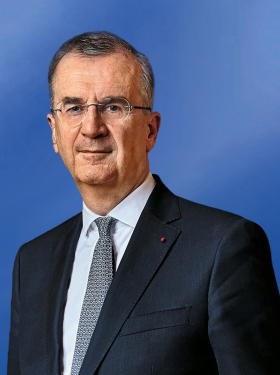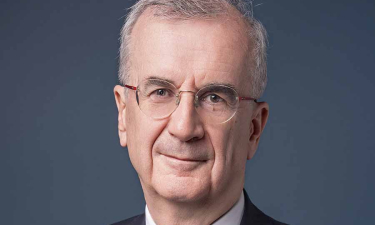When we lowered the interest rates in September, I expressed the wish that we keep all our options open for our following meetings, including our October meeting. I therefore welcome a unanimously approved decision of the Governing Council, led by Christine Lagarde, which is entirely consistent with our analysis of the economic data.
The decline in inflation to 1.7% in September was even sharper than expected. Market expectations currently remain significantly below our September forecast; and perhaps following a few temporary increases in the coming months, we should reach our 2% inflation target earlier than expected in 2025. We must remain all the more true to our mandate and its symmetric nature with this objective: the risk of undershooting our target in the long term is now as present as the risk of overshooting it.
In terms of activity, the European economy is making a soft landing, avoiding recession, but without any signs of a clear “take-off” at this stage. The challenge of European growth raises first and foremost the pressing need for lasting supply-side reforms, as proposed in the Draghi and Letta reports. But from the point of view of the current economic environment, persistent moderate private investment and consumption with the recent rise in household savings rates in particular justify this new cut in interest rates, as long as the disinflationary process remains on track.
This is not the first cut in interest rates. And it will not be the last. Looking forwards, we have clearly stated that our decisions would be data-dependent, leaving aside any volatility in the figures for the coming months, and rely on leading indicators and our projections. In other words, the path is clear in my view – we should continue to reduce the degree of monetary policy restriction in a timely manner. But the pace must be dictated by an agile pragmatism: in a highly uncertain international environment, we maintain full optionality for our upcoming meetings.

